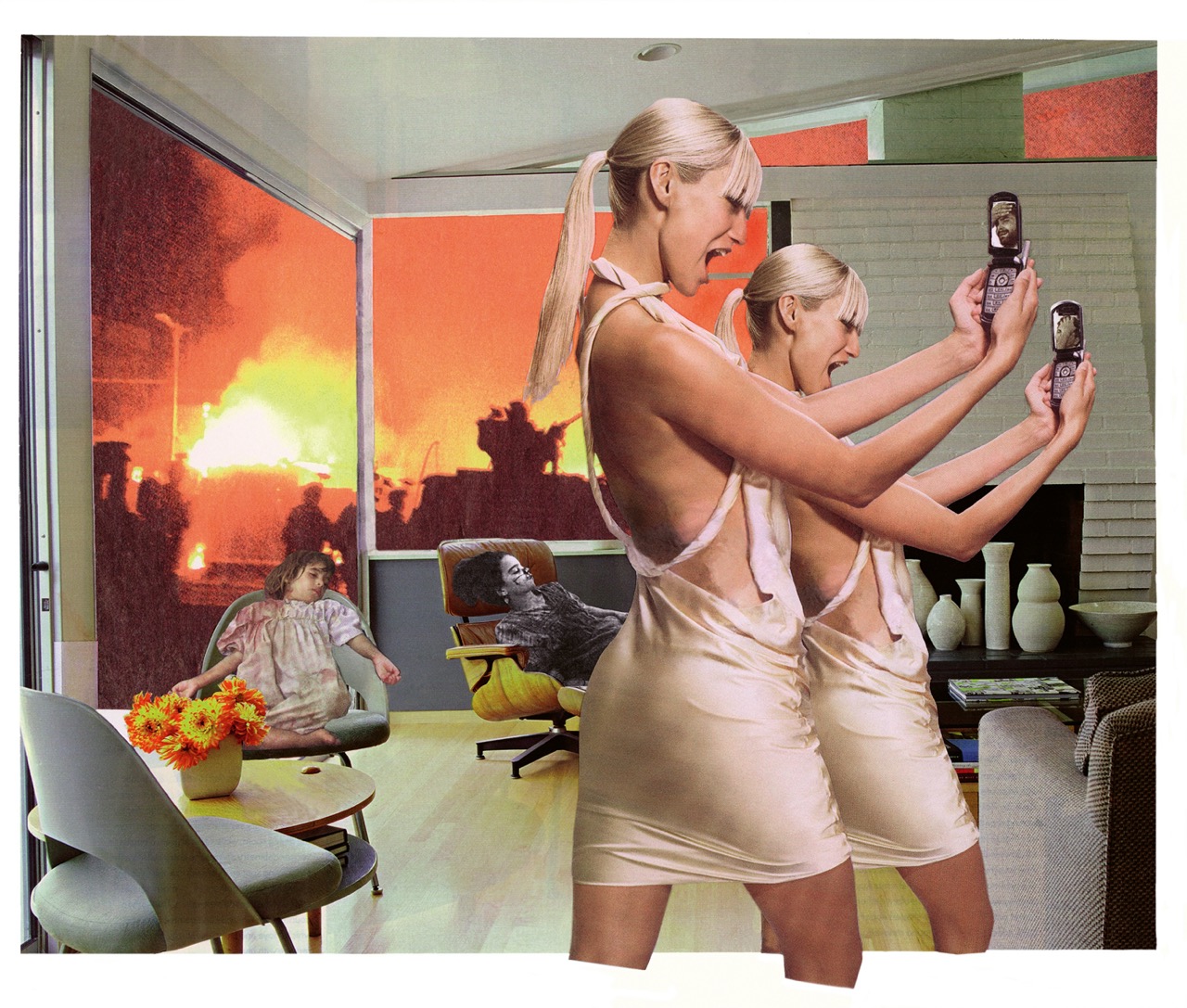PHOTO-OP | MARTHA ROSLER
The career of Martha Rosler (Brooklyn, 1943) began in the second half of the 20th century. Rejecting traditional and exclusive technical and formal expressions, the artist chose a multidisciplinary practice always open to new expressive forms. Over time, she has explored not only innovative ways of using photography but also video, text, installation, and performance. She has remained determined to stay outside institutional dissemination circuits (museums, galleries, fairs…) to focus her practice on freedom and experimentation, including new technologies, choosing a path of absolute independence.
Rosler’s art is far from metaphorical; it is instead unveiled and firmly rooted in the raw and pitiless reality. Her political and social commitment leads her to work on themes not only concerning the private sphere of citizens and everyday domestic life but also on more complex and thorny issues, like war and national security.
Between 1967 and 1972, the artist created a series of photomontages titled House Beautiful: Bringing the War Home, aiming to shine a spotlight on the Vietnam War and conduct a drastic, albeit silent, protest.
In the early 2000s, Rosler revisited this work, creating a new series of photomontages, House Beautiful: Bringing the War Home, New Series. The conflict exposed in this new series is the one in the Middle East. Thus, the setting changes, but the language and style remain consistent, albeit inevitably modernized.
In Photo-op (2004), we can see a room furnished with middle-class American style furniture, likely borrowed from an interior design magazine. In the foreground, two women in the same pose (duplicated) hold what appears to be a new model of cell phone. Rosler masterfully inserts scenes of war into the image, showing dead bodies, desperate faces, and burning landscapes. This expertly crafted photomontage blends one image into another, making them appear as natural elements of the scene, with the aim of visually sabotaging the narrative and creating a new one that serves her message.
The intent is not merely to convey a simple “stop the war” message. Rosler intervenes more deeply, in a complex and structural manner: she seeks to provoke a shock in the viewer, pushing them to feel a sense of empathy—“that room could be my living room”—even if this is immediately rejected or denied because it is too difficult to accept.
The artwork is part of the group exhibition “When images learn to speak. Conceptualized documentary photography from Astrid Ullens de Schooten Whettnall’s collection,” curated by Urs Stahel, for the 2024 edition of the Rencontres d’Arles festival, July 1–September 29, 2024.
Martha Rosler
Photo-op, from the series House Beautiful: Bringing the War Home, New Series, 2004
Photomontage
Courtesy of the artist / Nagel Draxler Gallery, Berlin, Cologne, Munich
21/08/24

